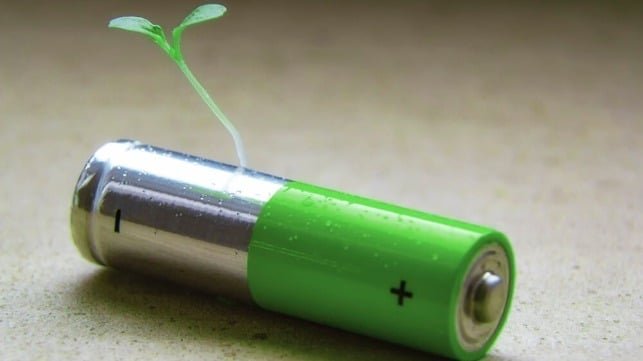The Future of Maritime Electrification: Navigating the Path to Sustainable Shipping
The maritime industry is facing a complex regulatory landscape, with new regulations such as FuelEU Maritime and potential global carbon pricing mechanisms reshaping the industry’s approach to decarbonization. As the industry approaches its 2030 emissions reduction checkpoint, the pressure to demonstrate tangible reductions in carbon emissions is mounting.
While transitioning to alternative fuels is crucial, attention must also be given to short-term emissions reduction solutions. Operational efficiency measures, supported by innovative clean technologies like maritime electrification, can play a key role in achieving emissions reductions until alternative fuels become more widely available and affordable.
Bureau Veritas Marine and Offshore (BV) has released a technical paper on Maritime Electrification, focusing on Energy Storage Systems (ESS) utilizing lithium-ion battery technology and Onshore Power Supply (OPS) systems as pathways to greater electrification in the maritime industry.
The Maritime Battery Forum (MBF) reports a growing adoption of battery-powered operations in the global fleet, with over 1,000 vessels currently in operation and under construction. However, the integration of ESS and OPS technologies must be supported by standardized safety guidance to address fire risks associated with lithium-ion battery technology.
Despite the green credentials of ESS, safety considerations related to thermal runaway in li-ion batteries present challenges. Industry bodies like BV and the European Maritime Safety Agency (EMSA) have developed guidelines to ensure the safe deployment of ESS on vessels, emphasizing the importance of emergency response procedures and firefighting requirements.
As the industry moves towards net-zero emissions, the uptake of clean technologies like ESS and OPS will be crucial. Collaborative efforts between regulators, industry stakeholders, class societies, and technology providers are essential to overcome technical challenges and establish clear protocols for the widespread implementation of maritime electrification.
Maritime electrification not only serves as a bridge to 2030 compliance but also as a long-term pillar for sustainable shipping. By addressing regulatory gaps, enhancing safety measures, and fostering industry collaboration, maritime electrification can play a significant role in reducing emissions while maintaining operational efficiency.
Marcos Salido is Environmental Project Manager at Bureau Veritas Marine and Offshore.
The opinions expressed herein are the author’s and not necessarily those of The Maritime Executive.

